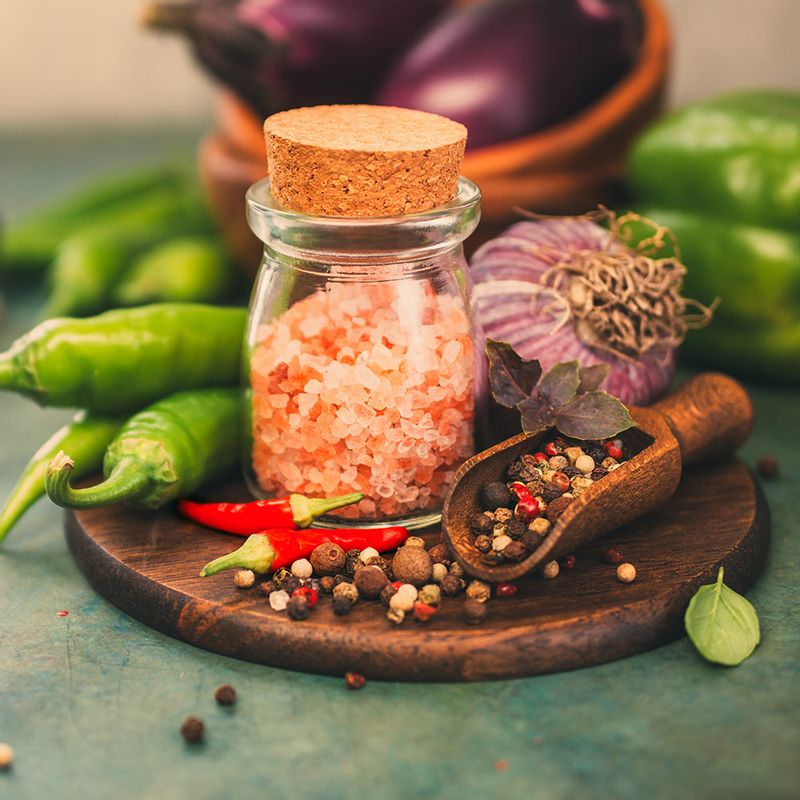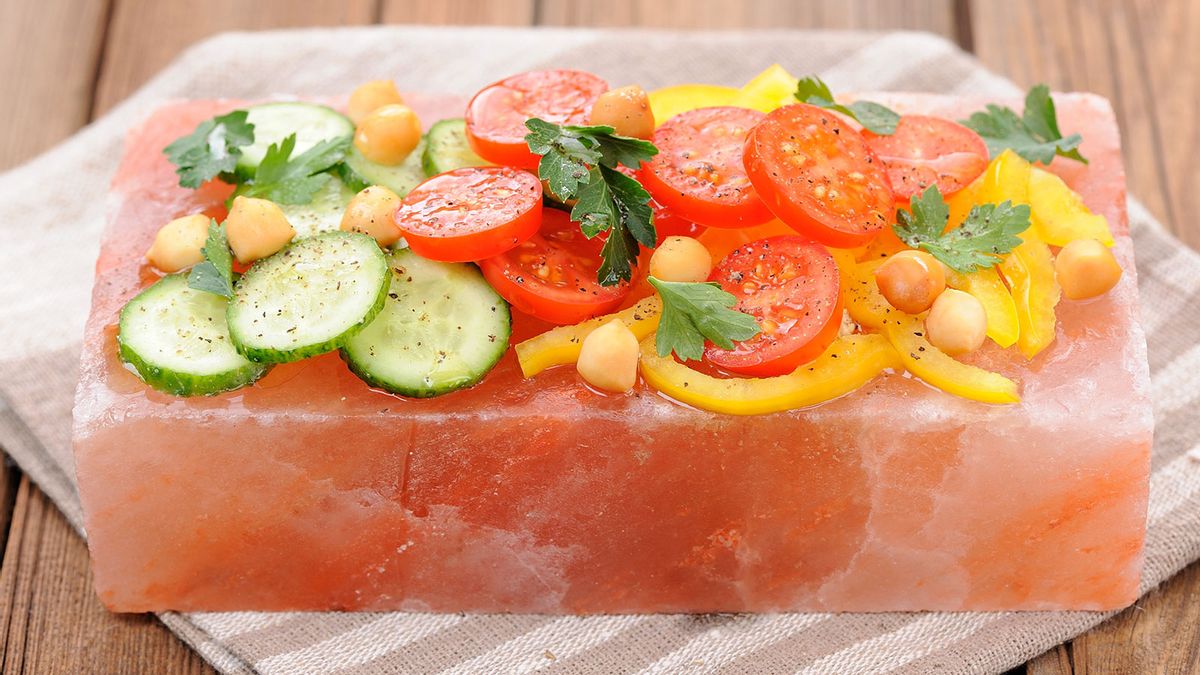If you’re expecting a lowdown on a new diet trend (or fad), then don’t. The Himalayan diet is more about conscious eating derived from local produce in the hilly terrain of the Himalayas. More specifically the local food of people living in the Himalayan belt ranging from Kashmir to Uttarakhand, Nepal, Bhutan and Northeastern India.

According to Chef Diwakar Balodi, Executive Chef, Ananda in the Himalayas, organic and fresh produce, slow cooking methods, nourishing whole grains, healing herbs and spices and simplicity are the hallmarks of food typical to the foothills of the Himalayas. The antioxidant-rich Himalayan diet is considered exceptionally nourishing and some of its components are included in spa cuisines.
“The cuisine in the hills is deeply influenced by the Ayurvedic concept of dosha, which focuses on slow cooking and eating seasonally based on locally grown food,” adds Chef Balodi. Food, plants or animals, is rarely wasted not just as a sign of respect for nature but also as a necessity. Many of these hilly regions suffer from extreme climates when food sources deplete. Usually, iron vessels are used in the hills for cooking, this enriches the food with iron, hence making it healthier points out Chef Puran Sayal, Corporate Chef, Leisure Hotels Group.
Lentils and cereals of the Himalayas
The key component in Himalayan cuisine is the locally-grown herbs, spices, fresh vegetables, millets, lentils and rice. Chef Balodi lists Jakhya (dog mustard), Gandhrayan (angelica), Genthi, Mole, Tald, Heesar, Kinmod, Mandua, Jhangora, Keeni, Kandali, Amilda and Lingda, Burans as some of the popular produce. Gahat (horsegram) ki Dal and Mandue (finger millet) ki Roti make their presence felt in Uttarakhand in winter months.
Dhido, a porridge-like dish, is yet another major dish found in the Himalayas. Depending on the cereal of the season, Dhido can be made from a variety of flours such as cornmeal (Makai ko Dhido), or buckwheat flour (Phaphar ko Dhido). The milled flour is mixed with salt and water and cooked.
Himalayan herbal remedies
Also common are wholesome vegetable broths and herbal infusions. “Himalayan herbs are not just flavoursome but they also have healing properties. My favourite is the Rhododendron tea, also called the happy tea because of mood uplifting benefits,” says Sayal, who also confesses to sipping on cups of this floral decoction while cooking.
Another salient feature of the hillside food of the Himalayas is the use of flavoured salts. Mineral-rich pink Himalayan salt has already seeped into the kitchens of the health-conscious. But that’s just the tip of the iceberg. “Regions of Kumaon and Garhwal are renowned for the extensive variety of infused salts. Most popular are salts infused with flavours of mustard, coriander, garlic, ginger, cumin, different types of chillies (red, green and yellow),” informs chef Sayal. Apart from the punch they add to any boring dish, these infused salts are also simply eaten with rotis and paratha, as survival food, during the winter when the mountain ranges are inaccessible.
The Himalayan diet generously uses buckwheat, naked barley, amaranth, finger millet, hog millet and common beans, which are rich in protein, carbohydrates and minerals such as manganese, copper, calcium, iron and fibres. “This is the reason why Himalayan diet is good for hair and skin since these are few important nutrients which are deficient in a normal diet,” explains Dr Pankaj Chaturvedi, consultant dermatologist, Medlinks.
Chef Balodi picks 5 superfoods from the Himalayan diet that will help to up your wellness quotient:
Mandua (finger millet)
It’s naturally rich in dietary minerals, amino acids and a great source of dietary fibre. Mandua can be cooked into chapatis, porridges, cookies, bread, boiled on its own. The grain is considered so powerful among the hill folk that it is given to ploughing bulls during paddy plantations so that they remain powerful and can plough the field in short monsoon season.
Black Bhatt
Black Bhatt is a super lentil from the soy family that flourishes in the mountainous ecosystem. Naturally high in protein, this is one of the staples of the people in hills. Black Bhatt is low in carbohydrates and fats and a great alternative for weight watchers. It is also rich in many dietary minerals and vitamin B complex. The dark hull of the bean contains antioxidants which act as a protective layer to protect the inner molecules from oxidation and thus increase the shelf life as well.
Amaranth

Two varieties of amaranth, red and green, are grown on the Himalayan slopes and consumed fresh in leaf form and later as seeds. It’s a great source of plant-based protein and manganese and thus good for bone health. Amaranth is a great gluten-free substitute and can be accommodated in different recipes in form of flour, whole grain or popped.
Hemp seeds
Hemp seeds are rarely cultivated but are naturally present throughout the Himalayas. They are said to hold religious importance for the locals who worship Lord Shiva (who is believed to have consumed hemp). Hemp seeds are not intoxicating, in contrast to the leaves. In fact, hemp seeds are a source of high-quality protein. They are also rich in fibre and dietary minerals. Hemp seeds can be included in meals in form of chutneys, mixed with granolas, breakfast porridge and cereals, grounded and mixed with chapati flour or roasted and consumed on their own.
Stinging nettle
Stinging nettle has been part of the Himalayan diet from ancient times. It may be difficult to handle fresh but when blanched or freeze-dried is completely safe to consume. It is a natural diuretic and full of vitamins and minerals. Stinging nettle contains all essential amino acids, a variety of pigments and polyphenols that act as antioxidants in the body. It can be incorporated in meals in smaller quantities especially during winters. It can be used in a similar way as spinach for all its preparations.


